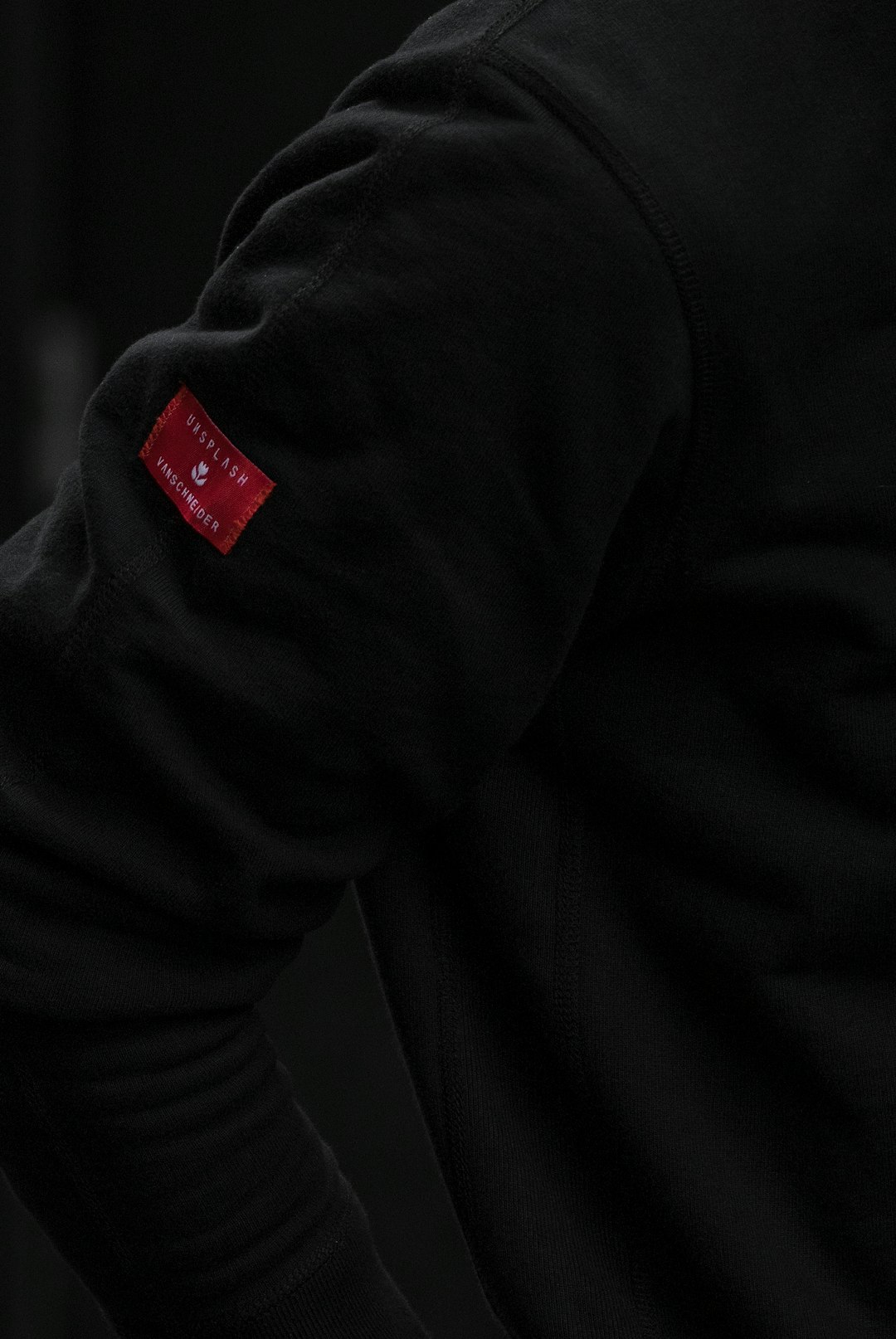As the seasons change and consumer expectations evolve, businesses are constantly looking for innovative ways to connect with their audiences. One creative and highly effective method that has grown in popularity involves adapting brand visuals—particularly logos—to reflect seasonal festivities. Seasonal logo variants not only keep branding fresh and current but also offer a subtle yet powerful way to engage customers and convey brand personality during key commercial periods such as Halloween, Black Friday, and the Holiday Season.
Why Seasonal Logo Variants Matter
Seasonal logo adaptations are more than just decorative changes. They serve as strategic tools that allow brands to:
- Enhance customer engagement by tapping into festive moods.
- Increase brand visibility through shareable, timely visuals.
- Communicate relevance and cultural connectedness.
Notably, modern consumers are drawn to brands that show awareness of timely trends and events. A well-timed, holiday-themed logo can signal to customers that a business is active, culturally tuned-in, and fun.
Halloween: Trick or Trend?
Halloween provides an ideal starting point for seasonal logo experimentation. It is visually distinct, culturally widespread, and packed with graphic potential—think pumpkins, ghosts, bats, and cobwebs.
Companies often adapt their logos with subtle yet charming additions. For example, a retail brand’s logo might feature a witch’s hat perched atop a letter, or spider webs woven into the typography. The key considerations for a Halloween logo variant include:
- Maintain legibility: Decorative elements shouldn’t overpower the core logo.
- Stick to brand colors where possible: Or, integrate Halloween colors like orange, black, and purple tastefully.
- Show thematic restraint: Overly spooky visuals may alienate professional audiences.

Brands as diverse as Google, YouTube, and even smaller e-commerce stores have all seized Halloween as a chance to reinforce customer delight with thematic, temporary logotypes.
Black Friday: Branding for the Sales Frenzy
Black Friday is less about whimsical design and more about urgency and value. A logo adapted for Black Friday should evoke energy, exclusivity, and action. Imagine bold fonts, high-contrast black and red themes, and graphical icons like price tags or shopping carts integrated into the logo.
Here, simplicity and clarity are paramount. Since Black Friday sales are heavily associated with mass marketing and competition, effective logo variants can make a brand stand out amid the digital and physical noise. Tactics include:
- Incorporating sale-related icons: Flash symbols, strike-through pricing motifs, or countdown clocks.
- Typography tweaks: Slight modifications to show a “limited edition” variation of the logo.
- Color dominance: Using black and red tones to symbolize discounts and urgency.

Unlike Halloween or Christmas, Black Friday logo variants focus more on conversions and less on emotional storytelling. Businesses must balance aggressive sales messaging with brand coherence to avoid alienating loyal customers.
Holiday Season: Spreading Cheer Through Design
The Holiday Season—typically encompassing late November through December—presents the greatest creative freedom and the highest expectations for festive branding. Companies across industries often transform their logos with wintry motifs, including snowflakes, ornaments, festive ribbons, and cheerful color schemes.
These logo variants are not only visually appealing, but they also evoke deep emotional resonance during a time when consumers are making gifting decisions and participating in communal celebrations. Elements of an effective holiday logo variant include:
- Red, green, white, and gold color palettes that reflect holiday warmth and tradition.
- Iconography such as holly leaves, snow, candy canes, Santa hats, or wrapped presents.
- Animation in digital formats—like falling snow or blinking lights—for extra user engagement.
The Holiday Season is also a powerful time for storytelling, and the logo can be the visual anchor for seasonal campaigns on social media, websites, and advertising materials. Think of it as the brand’s seasonal outfit—it should dress for the occasion while preserving the underlying identity.
Maintaining Brand Consistency
While seasonal logos offer tremendous benefits, they also come with risks—especially to brand consistency. To ensure the variants enhance rather than confuse, businesses should follow these best practices:
- Keep the core structure intact: Logos should be easily recognizable even with added elements.
- Limit changes to temporary campaigns: Avoid permanent alterations unless they’re tested across platforms.
- Use style guides: Update brand guidelines to include parameters for seasonal variations.
Well-executed seasonal logo versions respect the original identity while offering something fresh and engaging during key periods. This approach reassures longtime customers while attracting new ones with timely creativity.
Notable Examples and Case Studies
Major corporations have pioneered the seasonal logo trend with significant success. For example, Google’s dynamic “Google Doodles” on its homepage are essentially seasonal (or event-based) logo variants that bring personality and immediacy to the user experience. Similarly, Starbucks often adapts typography and graphics on packaging and branding to align with seasonal themes, especially during the Holidays, helping reinforce their seasonal product offerings like the Pumpkin Spice Latte or Peppermint Mocha.
Smaller brands are also joining the fray, using tools like Canva or Illustrator to produce seasonally themed logos for newsletters, banners, and social media avatars. This democratization of design has allowed businesses of all sizes to participate in the trend.
Conclusion
Seasonal logo variants are more than just festive fluff—they’re strategic, brand-enhancing assets that support larger marketing goals. By aligning visual identity with the emotions and themes of holidays like Halloween, Black Friday, and the broader Holiday Season, companies create stronger, more memorable connections with their audience.
As long as brands maintain consistency, ensure readability, and treat seasonal variants as enhancements—not replacements—they can leverage this tactic to drive engagement, show personality, and gain a competitive edge.
FAQs About Seasonal Logo Variants
-
Q: How often should a brand change its logo for seasonal events?
A: It depends on the brand’s industry and audience. Ideally, stick to major events such as Halloween, Black Friday, and the Holiday Season to avoid overwhelming your audience or diluting the brand. -
Q: Are seasonal logos suitable for B2B companies?
A: Yes, but with moderation. Subtle changes that reflect professionalism while acknowledging the season can resonate well with business clients. -
Q: Do seasonal logos impact SEO or performance?
A: Typically, no direct impact unless the seasonal design drastically changes image file names or metadata. However, they can positively affect engagement rates on social platforms and marketing campaigns. -
Q: Should changes apply across all platforms?
A: Yes, to maintain unity. Coherence across websites, social media, email headers, and print ensures a cohesive brand experience. -
Q: What tools can help create seasonal logos?
A: Popular tools include Adobe Illustrator, Canva, Figma, and Photoshop. Many offer holiday templates or design kits to speed up the creative process.




